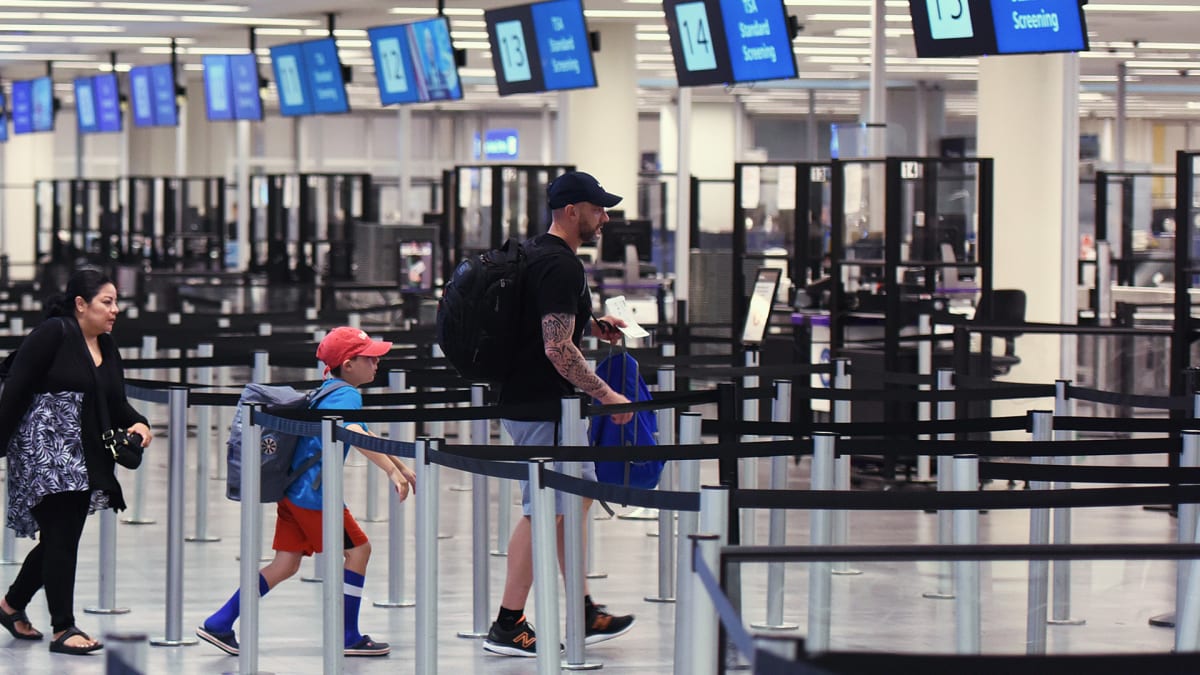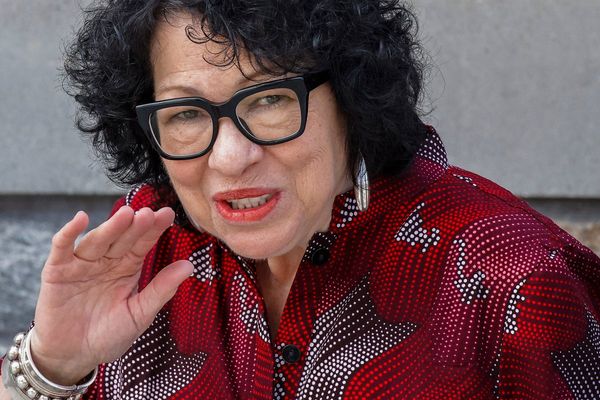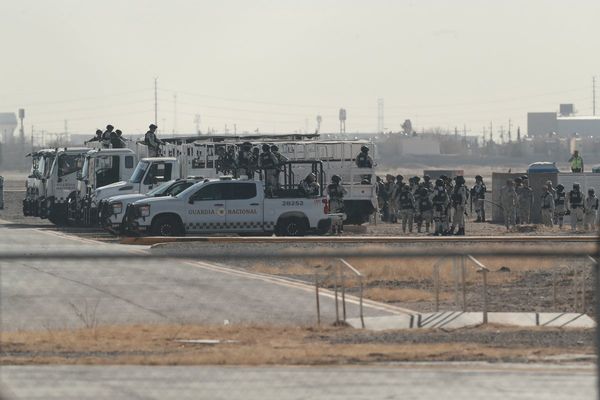
Non-vaccinated foreign travelers won’t need to vax up to fly into the US as of May 12.
That after a new announcement from the U.S. Department of Homeland Security signaling the end of the “fully vaccinated only” rule for non-U.S. travelers.
“DHS intends to rescind these Title 19 travel restrictions in alignment with the end of the Public Health Emergency and the termination of the Presidential Proclamation on air travel,” the agency said in a May 1 statement.
DON'T MISS: Bill Gates Says Vaccines Are Key Against Some Deadly Diseases
The mandate, which has been in place since January 2022, doesn’t have a long history, but it has generated significant controversy in the last 15 months.
Most famously, professional tennis star Novak Djokovic generated headlines when he couldn’t legally enter the country to participate in the U.S. Open in Forest Hills, N.Y., last summer.
“I’m not vaccinated and I’m not planning to get vaccinated,” Djokovic famously said last July.
Now Djokovic and other non-vaccinated foreign travelers can rest easier as the DHS has deep-sixed the mandate.
The move follows the White House’s recent announcement the covid-19 public health emergency is ending on May 12, three years after the emergency was declared. The decision to allow non-vaccinated foreign travelers to fly into the U.S. also follows a February 2023 U.S. House of Representatives vote to lift the travel ban.
Travel organizations and lobbyists have been working to lift the rule, citing major revenue losses stemming from the foreign travel mandate. Now Uncle Sam seems to be on the same page.
“Today’s action to lift the vaccine requirement eases a significant entry barrier for many global travelers, moving our industry and country forward,” U.S. Travel Association President and CEO Geoff Freeman said in a May 2nd statement.
“However, the return of international visitors should be as efficient and secure as possible,” Freeman added. “The federal government must ensure U.S. airports and other ports of entry are appropriately staffed with Customs and Border Protection officers to meet the growing demand for entry.”







